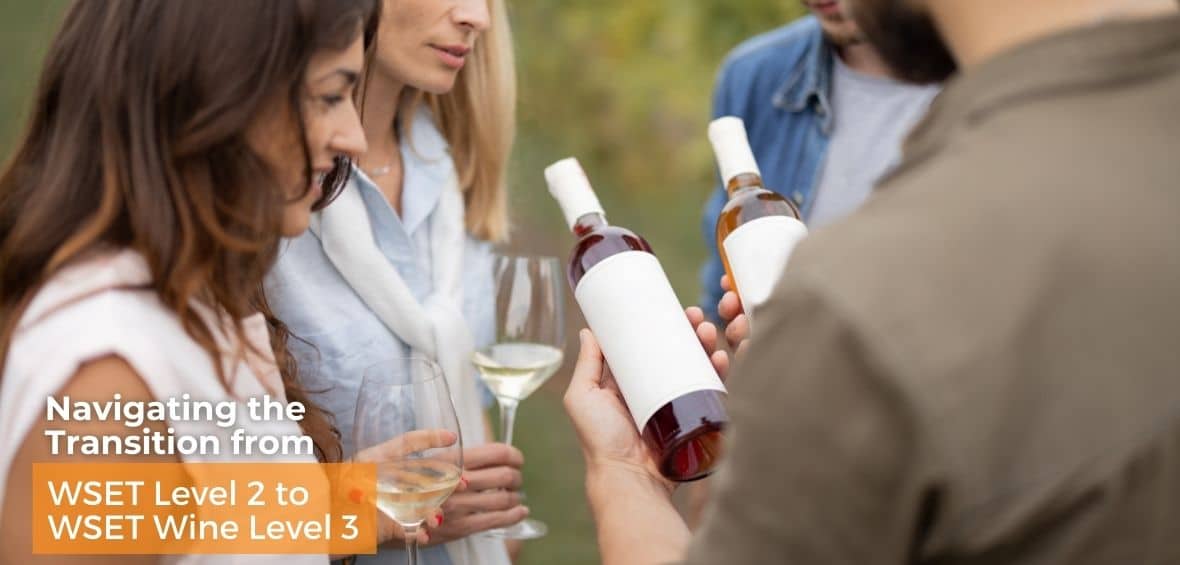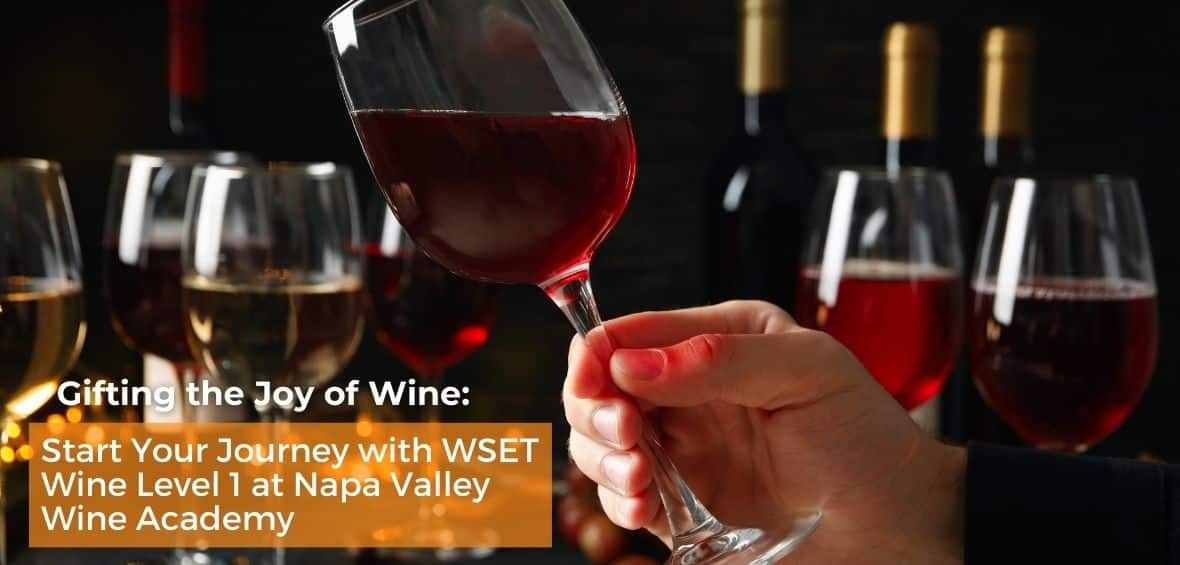It’s hard to avoid seeing low-alcohol, lower calorie and alcohol-free labels in the drinks section of the grocery store these days, and mocktail and “zero-proof” cocktail lists are becoming increasingly prominent on bar and restaurant drink menus. While wine’s associations with natural beauty and agriculture can give it a sheen of health, it has not been immune to the rise of “wellness.” One somewhat common misperception is that wine contains a lot of calories from sugar, but because sugar turns into alcohol during fermentation, most of the calories actually come from the alcohol itself. A five-ounce glass of dry wine typically has about 120 calories and less than a gram of sugar, so removing alcohol is the straightest path toward lowering the calorie count, as well as lessening the buzz of a drink.
Kayla Winter, Director of Sales (US Services) and Enologist at BevZero, a beverage services company in Santa Rosa that helps wineries remove alcohol from their wines, says that the increased availability of alcohol-free and low-alcohol wines seems to be driving a broad change in drinking habits, rather than just a temporary trend.
“You want to go out and do something fun, or maybe you were drinking and are trying to sober up before you go home. There are people who are choosing these products not because they just don’t drink. It would not be this big if it were just people who are sober,” she explains. “It’s not the cool thing to do because it’s all over TikTok; it’s a societal shift toward health and wellness and an aversion to being sloppy drunk and these things that are no longer the norm.”
Does alcohol-free wine taste good?
To make an alcohol-free wine, there are some considerations to keep in mind. Eric Dahlberg, CEO of the beverage services company Winesecrets in Santa Rosa, says, “we’ve learned that a tenth of a percent change in alcohol concentration can have an outsize effect on flavor expression.” It turns out that the alcohol in wine doesn’t just give us a buzz—it also interacts with other compounds in wine, affecting aromas, flavors, and mouthfeel. Removing alcohol can throw a wine off-balance, leaving the liquid left behind tasting flat and thin.
Choosing a suitable grape variety can help. Jamie Evans, certified sommelier, founder of The Herb Somm, and author of the books The Ultimate Guide to CBD and Cannabis Drinks, has worked with BevZero to produce a cannabis-infused, alcohol-free rosé. She says that in their product trials, “we noticed that typically wines that are aromatic whites tend to dealcoholize extremely well. We did some tests with Riesling, Muscat, and Gewürztraminer, and all of those aromatic whites … maintained the aromas you would get in a typical wine.”
Weingut Leitz in Germany’s Rheingau was one of the first wineries to produce a widely available alcohol-free wine alongside its “regular” wines. According to Jan Schmidt, Leitz’s Export Manager, “Johannes [Leitz] was travelling in Norway back in 2015 and met one of the most famous chefs of the country—Odd Ivar Solvold, who wanted to work with a super-premium grape juice for his alcohol-free menu. Johannes was not sure if this would work and said to Odd Ivar that he [would] try his best to [make] an alcohol-free Riesling wine instead of a very sweet Riesling grape juice.” This led Leitz to produce its Eins-Zwei-Zero alcohol-free Riesling, which led to their current suite of non-alcoholic sparkling wines, whites, a rosé and reds.
In fact, the first non-alcoholic wine I ever tried was a Leitz wine. One evening when I was going to be driving home after dinner, I decided to try their canned, sparkling, non-alcoholic Riesling. It was off-dry, and that, combined with the bubbles, gave it a similar weight on the palate to a traditional wine. The bright acidity and the aromas and flavors of white blossom and tart green fruits were classic Riesling as well. It was pleasant, and honestly, better than I expected — certainly better than a soda, and I didn’t have to wait to drive home. I’d buy it again.
During the writing of this article, I also purchased a bottle of 2019 Luminara Alcohol-Free Napa Valley Red Wine to try. Because the tannins in red wines add another layer of difficulty in making an alcohol-free wine resemble the real thing, I figured buying a Napa Valley-appellated product would give me the best chance of trying something good-quality. It cost about $17 at my local grocery store. I noticed the back label said to drink the wine chilled, so after putting it in the fridge for an hour, I poured myself a glass. The smell reminded me of tart cherry juice and oaky vanilla – not quite wine-like, but also not unpleasant. The flavors on the palate were similar to the nose, although there wasn’t much complexity beyond that. The mouthfeel had a wine-like weight. It also felt like there was some added sweetness (and indeed, the back label notes the common sweetener grape concentrate as an ingredient), but enough acidity was present that it wasn’t very noticeable. Overall, it felt similar to what I would expect in a California-appellated red blend at around the $12 price range. After a glass with dinner and another in front of the TV, I was almost a bit surprised that I didn’t have a buzz, so perhaps Luminara accomplished its goal.
How is alcohol removed from wine?
There are multiple ways to handle the actual removal of alcohol from wine, but two of the most common are vacuum distillation and spinning cone. To remove alcohol via vacuum distillation, wine is placed in a vacuum, and because liquids boil at lower temperatures in low-pressure environments, the alcohol starts evaporating at a lower temperature than normal. This means the wine is exposed to less heat, maintaining more of its original flavor profile. Spinning cone technology uses steam and a turbine to extract the volatile compounds in wine. This includes alcohol and aromatic compounds, which are separated so the aromatic compounds can be blended back into the wine.
Typically, a winery will ship a portion of a wine to an alcohol-removal facility, which will remove most of the alcohol from it. It is then sent back to the winery and blended with the rest of the wine to hit the target abv.
The removed alcohol has many uses, and Winter says that selling the alcohol removed from wine makes up a significant amount of BevZero’s revenue. “We sell that alcohol to brandy producers, to wineries for fortification, and industrial alcohol for sanitizing as well.”
What does the future look like?
While alcohol-free or low-alcohol wine can give drinkers an opportunity to enjoy a more complex beverage than the grape juice it started as, today it is being used as a base for a variety of beverages that aren’t strictly wine. These can include spritzers, low abv or alcohol-free cocktails, and more. In California, cannabis cannot be legally sold in a beverage that also contains alcohol, so to buy weed in your wine, it must first have its alcohol removed. This is how Evans ended up working with BevZero on her cannabis-infused rosé. She says her goal was to deliver a “wine-like experience” and found a Grenache-based rosé that maintained its character after alcohol removal.
Cannabis-infused beverages offer drinkers yet another category of alternatives to typical alcoholic beverages, and other creative drink options continue to appear for sale in retail and restaurants alike.
Whether you’re a wine lover or a wine professional, you may find some of these new low-alcohol and alcohol-free options suit your tastes. While demand for these alternative drinks has continued to rise in meteoric fashion, the market share of traditional wine is stagnating in many places, so ignoring them is becoming more difficult. Whether someone wants to avoid alcohol entirely as a recovering alcoholic, temporarily while on a health kick or just occasionally because they don’t feel like alcohol on a given night, offering thoughtful options to support their choices can help an establishment maintain a feeling of hospitality. Cheers to trying something new!














